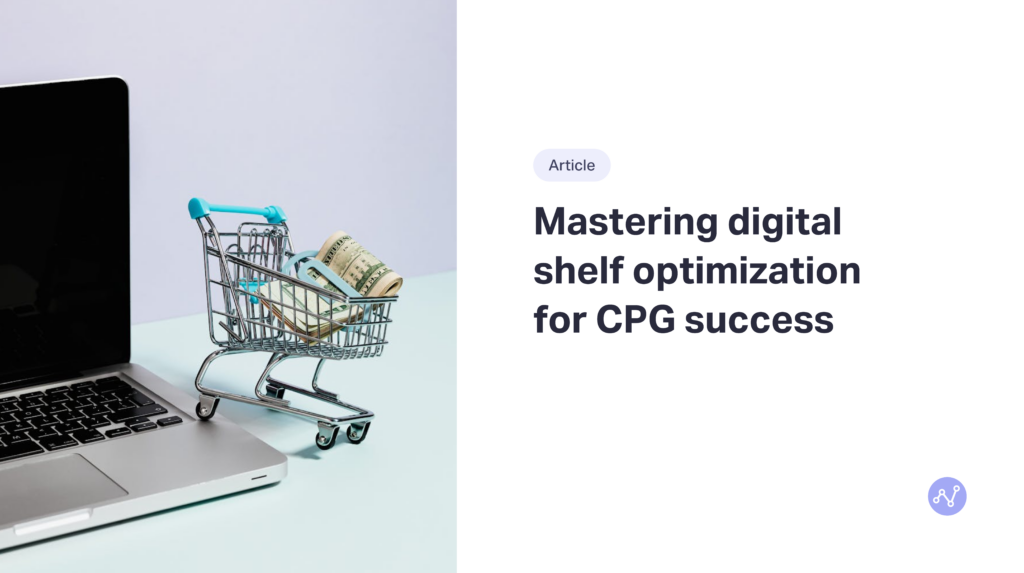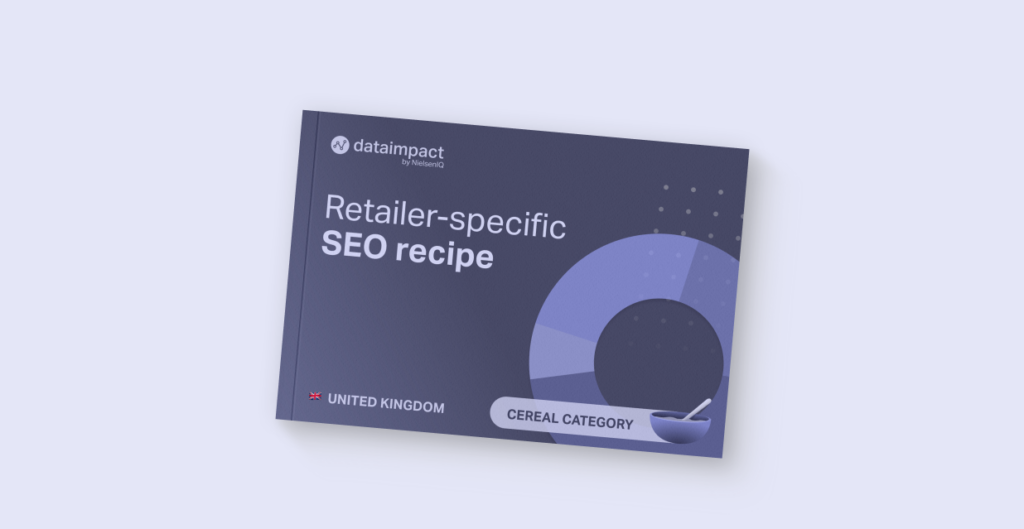Inflation and CPG brands
4 minute read
While it would be a mistake to point to one specific cause of inflation, it’s certain that the overall rise in prices and consequent decreased purchasing power much of the globe is now experiencing is due in some degree to the Covid pandemic.
An above-average surge in inflation spread throughout much of the world in the beginning of 2021. Presently, the trend shows no signs of relenting and prices are now at a 40 year high, and rising faster than anytime since the Great Recession. CPG brands are no exception.
Inflation and CPG supply chains
Several ingredients contributed to the current surge, yet it’s possible that the supply chain disruptions triggered by the pandemic are the most significant. Lockdowns, illness and precaution prevented many people from reporting to work, even for essential services. Panic buying and an unanticipated demand for goods like toilet paper, flour, rice, pasta, etc, further exacerbated the problem.

Once it begins, inflation functions like a vicious cycle, with one price increase triggering another. Rising input, labor, and logistics costs thus feed into one another.
The Consumer Price Index (CPI) is the most widely used measure of inflation in the US. Food and fuel prices constitute the majority of the CPI. It has risen by 6.5% over the last 12 months. The average rate is 3.10%.
Since oil and gas prices figure so heavily into inflation, this particular moment in history makes economies vulnerable to it. The invasion of Ukraine by Russia has pushed the price of oil and gas higher. The price of oil has a trickle-down effect on the transportation of goods like food. Consequently, grocery items are more susceptible to cost pressures. Petrol-fuelled vehicles used in the production of commodities that are present in many CPG and grocery products like wheat, for instance, are also affected.
CPG brands and retailers and raising prices

The Federal Reserve is responsible for controlling inflation and voted in March 2022 to raise interest rates at intervals to attempt to minimize it.This act lends some legitimacy to the costs manufacturers have been forced to pass on to retailers and consumers. Many CPGs absorbed these costs as long as possible, not wanting to raise prices before competitors did and thus risk losing sales, but that moment has passed as cost pressures mounted.
Faced with the price increases manufacturers were pushing through, retailers began raising prices in 2021. As cost pressures continue to intensify, the question for manufacturers now is if, how and when to raise prices on other products or the same ones again.
Strategic price changes on the digital shelf
Before raising prices manufacturers need a sound strategy. It may not be possible to raise prices a second time further down the line, so anticipating coming market changes as fully as possible is critical before implementing changes on the digital shelf.
Bain points out two errors CPGs typically make when inflation hits. Before acting, it can be instructional to consider them.
First, many manufacturers take a blanket approach to raising prices when inflationary pressures intensify. However, this is generally a mistake.

This means it’s important to look at each product, channel and format individually when considering price increases on the digital shelf.
Another common error is attempting to push large price increases through to retailers, when actually being ready to accept much smaller ones. While there is some wisdom to this approach, the amount of the increase should be looked at judiciously because if it’s artificially inflated it could erode trust and make retailers less likely to take price requests seriously.
CPG price change implementation
When developing a pricing playbook, BCG recommends evaluating how much flexibility a product’s price point can withstand on the digital shelf, and how that varies across formats and SKUs relative to competitor pricing.
A full evaluation of competitive positioning and pricing should be undertaken.

Next, the value proposition to the customer of a product needs to be thoroughly understood and carefully assessed. Products should be considered individually. For growth drivers, price increases should be as slight as possible to retain market share. For profit generators with less sales volume, BCG recommends pricing above inflation even at the risk of losing share.
More than any time in recent memory, current market conditions support raising prices category-wide. This can give CPGs the opportunity to reinvest selectively in trade activities like promotions or coupons for particular items.
Products that are reliant on commodities are subject to an extra layer or more of cost pressure. If your products contain commodity inputs, it may be possible to pass on those price fluctuations to retailers. An agreement or mechanism would have to be implemented to allow for those market shifts.
Pushing price changes through to sales teams is rarely popular with them, so winning buy-in from sales is critical. A clear rationale for an increase must be offered with a convincing sales narrative that includes how the company will continue to deliver a great customer experience. Fact-based sales stories get the most traction and are worth the time investment. Combine an instructive short-term cost-based view with a long-term narrative that illustrates how price increases will allow for future category growth.
The opportunities for CPGs inherent in inflation
For some products, inflation surges such as the current one contain an opportunity to raise margins.
By pricing to the value of a product as opposed to just the cost, CPGs can uncover drivers of profitability. Knowing where products deliver the most value to customers is key. Focussing on how to expand on those drivers by creating new value or using pricing and cost management strategies can yield positive results.
Also, learn how to deliver products as efficiently as possible without taking away the customer experience. When these ways of working are determined, they become a capability.
In this way, inflation becomes a springboard—an opportunity to transform old ways of doing things into new data, technology, and management strategies. All this can lead to enhanced customer experiences and improved economics.
Related content

A CPG brand manufacturer’s guide to understanding the Amazon Buy Box
In this blog article, we discuss the Amazon Buy Box’s importance for CPGs, its impact on product visibility and sales, and strategies for winning it. Gain insights and tactics to navigate AMZ’s competitive landscape successfully, empowering your ecommerce journey.

Webinar: Successful Tactics for Enhanced Visibility and Conversion on Digital Shelves
In today’s competitive market, maintaining visibility is key for brands. Join our webinar and learn strategies to optimize product listings, images, and descriptions for higher search rankings and attract more customers. Discover how AI tools can align your content with search engine algorithms.

Mastering digital shelf optimization for CPG success
This brief guide delves into the essence of digital shelf optimization, offering CPGs nuanced insights and strategies to improve product sales on retailer sites.

Retailer-specific SEO recipe UK
Appearing among the top search results on a retailer’s website is crucial as it increases brand visibility and ensures that the brand stays at the top of the shopper’s mind.
This guide shows how the criteria for search results vary at different UK retailers for the cereal category.

Content Advisor
Our latest feature, Content Advisor, employs artificial intelligence (AI) to automatically provide you with optimized suggestions for product titles and descriptions. Powered by ChatGPT, this advanced AI model generates compliant titles and descriptions based on predefined recommendations.

What is AMZ’s Buy Box?
This guide is designed to unravel the mysteries surrounding the AMZ Buy Box, providing in-depth insights and practical strategies to assist you in clinching this coveted spot for your products. By doing so, you can amplify visibility and boost sales on one of the largest online retail platforms globally.